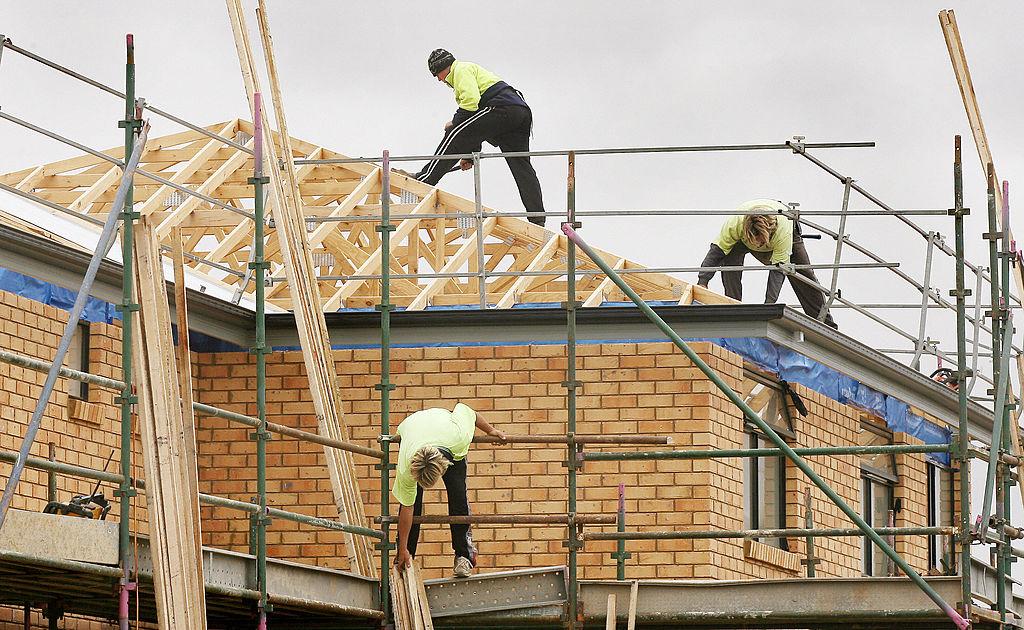The building industry’s peak body is applauding the success of the HomeBuilder scheme, which is expected to support $18 billion worth of residential construction and renovation projects.
“There is no doubt that the Federal Government’s decisive action to implement HomeBuilder in the eye of the COVID storm saved the day for thousands of small builders and tradies, the people they employ and communities they support around the country,” Master Builder Association CEO Denita Wawn said in a statement.





